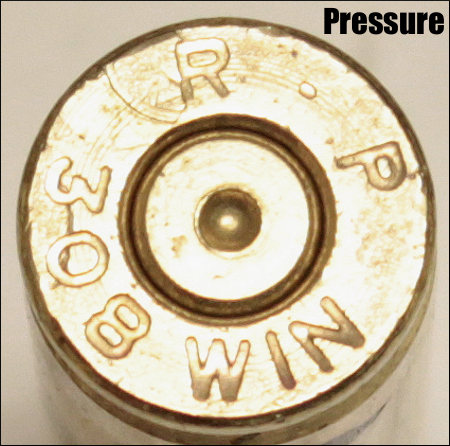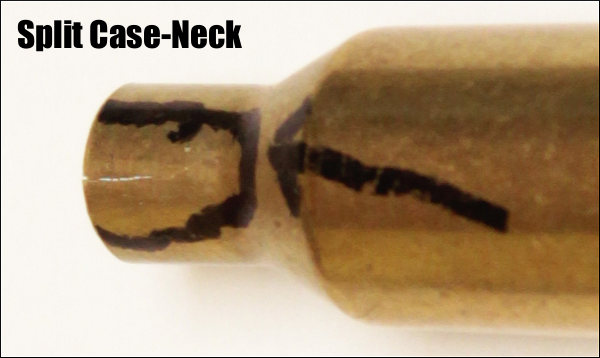Will U.S. Military Start Using Ammunition with Composite Cases?
True Velocity is a Texas-based ammo-maker with 145 issued patents on its products and technologies. More than 1 million rounds of True Velocity composite-cased cartridges will be delivered through 2020-2021 to the U.S. Army. This revolutionary new ammo will be tested by the U.S. Army’s Next Generation Squad Weapons program. The advantage of the composite cases, which employ various polymers, is primarily weight savings. True Velocity-made ammo is 30% lighter than conventional ammunition. That means that a typical soldier’s load-out can be reduced by many POUNDS with this innovative ammo. And the military can transport much more ammo with existing vehicles and aircraft.



The company claims: “True Velocity’s precision engineering and manufacturing capabilities allow for substantial improvements in consistency over brass. Our proprietary technology and manufacturing process, combined with progressive process and quality control standards … yields a cartridge of unparalleled performance.” In addition, True Velocity can produce ammo in smaller facilities than a typical large ammo plant. The company states: “The company’s manufacturing capabilities can power customizable and highly-portable ‘cells’, allowing for decentralized and automated ammunition production.”
True Velocity’s modern composite cases withstand temperature changes very well and can function well even in sub-zero environments (however you still may have issues with the powder inside at super-low temps). In addition, the composite cases are 100% recyclable. This can make a difference for shooting ranges and training facilities. One question we have, however, is long-term durability. Brass cartridges can remain strong and functional for decades. Some plastics degrade in just a few years. It will be interesting to see how the True Velocity composite cases hold up over time.

True Velocity is an advanced technology and composite manufacturing company based in Garland, Texas. Founded in 2010, True Velocity has more than 250 patents pending or issued on its products, technology, and manufacturing processes. True Velocity products are manufactured in the U.S. in a state-of-the-art, 66,000-square-foot facility and are currently available to public agencies, with consumer products available soon. For more information, visit TVammo.com.



























